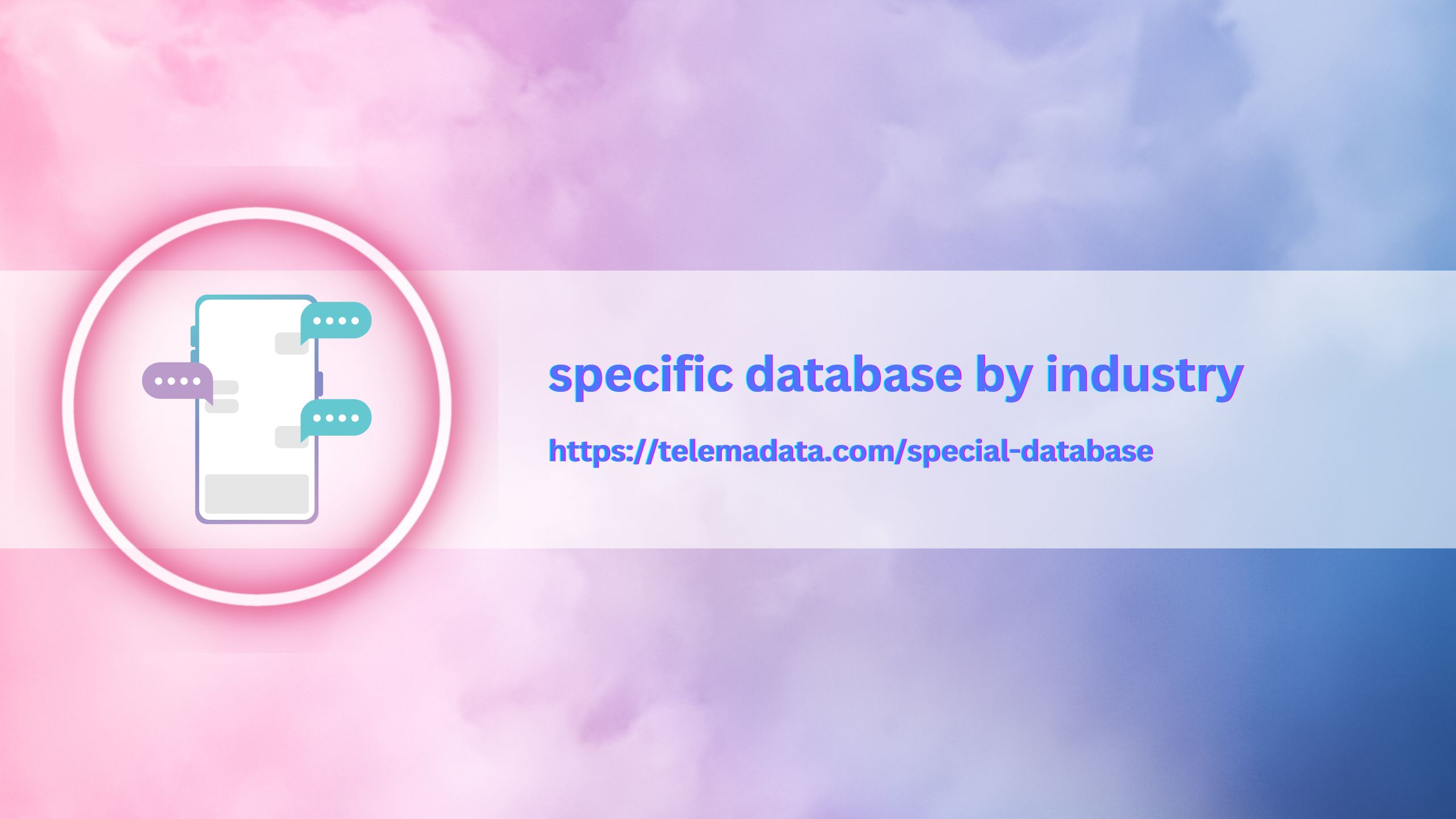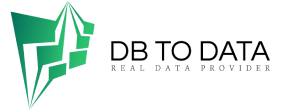Heading tags play a crucial role in creating a well-structured and easily navigable website. They not only help search engines understand the content of a webpage but also improve the user experience by providing clear and concise headings. In this article, we will explore the impact of optimized heading tags on SEO and website usability.
Why are Heading Tags Important for SEO?
Heading tags, such as <h1>, <h2>, and <h3>, help search engines understand the hierarchy and organization of content on a webpage. By using relevant keywords in heading tags, website owners can improve their chances of ranking higher in search engine results pages (SERPs). Additionally, heading tags make it easier for users to scan and understand the content of a webpage quickly.
How to Optimize Heading Tags for SEO
To optimize heading tags for SEO, it is essential to use relevant keywords that accurately describe the content of each section. Additionally, it is crucial to maintain a logical hierarchy of headings, starting with <h1> for the main heading and proceeding with <h2> and <h3> for subheadings. This structure not only helps search engines but also improves user experience by providing a clear and organized layout.
The Role of Header Tag Length in SEO
It is essential to keep header tags concise and to the point. Search engines prefer short and descriptive heading tags that accurately summarize the content of a webpage. Long and keyword-stuffed heading tags can harm SEO rankings and confuse users. Therefore, it is crucial to strike a balance between including relevant keywords and keeping heading tags succinct.
The Impact of Header Tag Formatting on User Experience
In addition to optimizing heading tags for SEO, it is essential to specific database by industry the formatting and styling of header tags for better user experience. Use CSS to style heading tags, such as changing font size, color, and weight, to make them more visually appealing and readable. Well-formatted heading tags can attract users’ attention and encourage them to engage with the content.
Examples of Properly Optimized Heading Tags
For example, a well-optimized heading tag for a blog post about SEO strategies could be: <h1>Top 10 SEO Strategies to Boost Your Website’s Visibility</h1>. This heading tag not only includes relevant keywords but also clearly indicates the topic Знакомьтесь с Aptoiders: Кристина Нунес, старший веб-разработчик the blog post. Similarly, subheadings can be optimized to provide further context and structure to the content.
Conclusion
In conclusion, optimized heading tags play a vital role in betting email list SEO and enhancing the user experience. By using relevant keywords, maintaining a logical hierarchy, and formatting heading tags correctly, website owners can increase their chances of ranking higher in search engine results pages and engaging users effectively. Remember, heading tags are not just for search engines; they are essential for guiding users through your content and making it more accessible and engaging.


